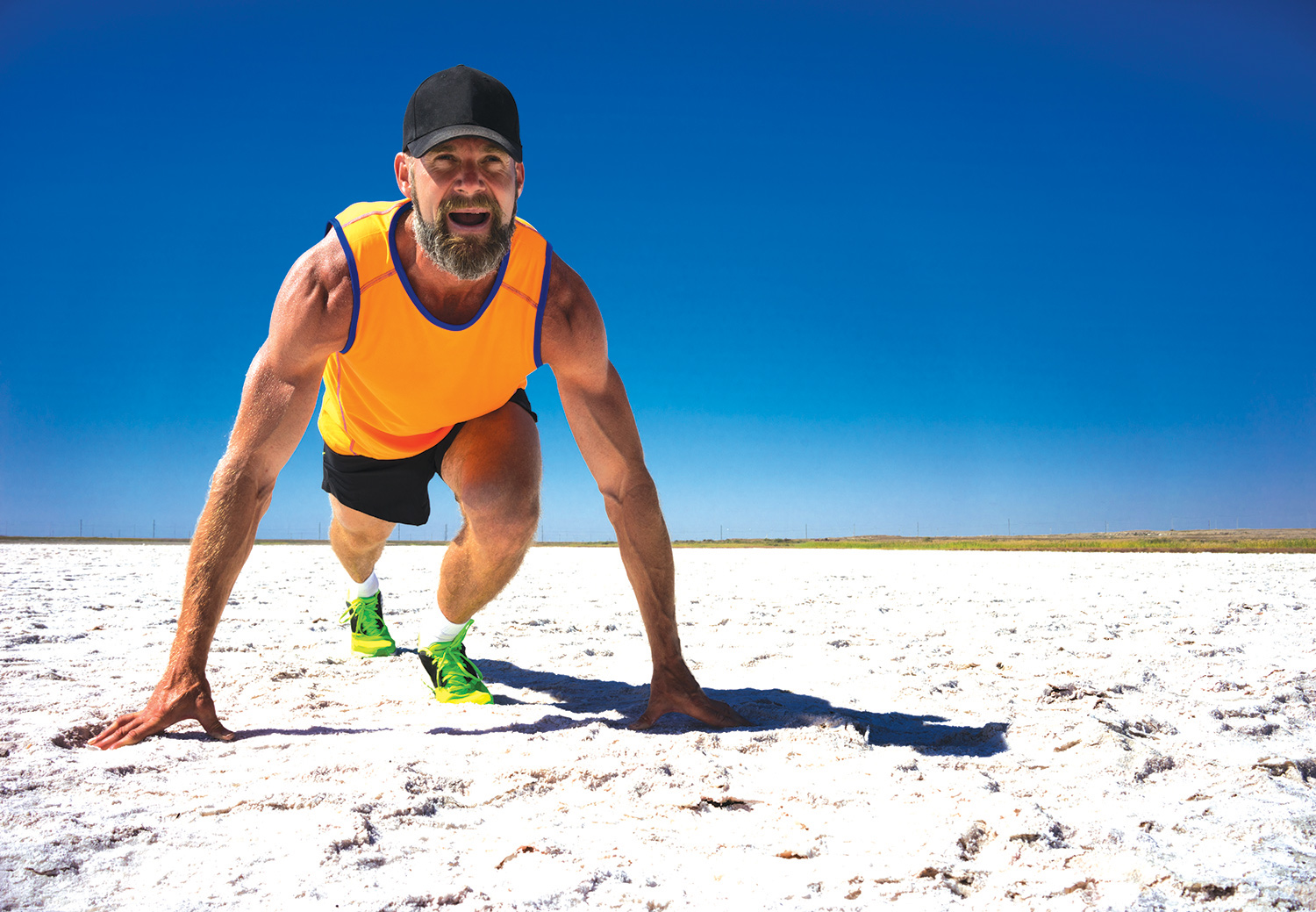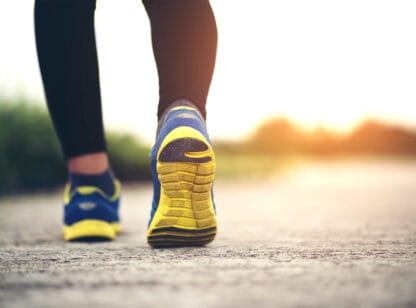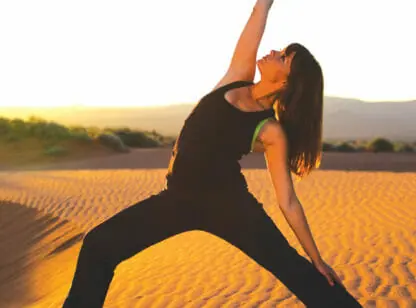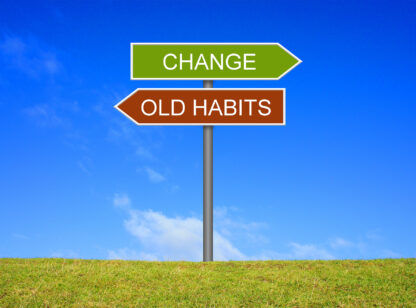If you are one of those people who likes to work out and has fitness goals, but you recognize it will take strength, stamina and balance to achieve them, then you might want to think about sprint training. You don’t have to be a professional athlete to benefit from this method, as we all have a built-in athlete.
Our bodies start to slow down as we age, but we can prolong that process from happening too fast. There is this voice inside many who haven’t been exposed to rigorous training that says, “It’s just part of the aging process. We all slow down, and we just have to accept that.” Well, I can tell you emphatically this isn’t the case. I have been training young and old for over 30 years, and the older people have definitely benefited from sprint training.
The latest research has shown that sprint training can make anyone faster and feel stronger. Of course, there are some with medical conditions who might not be able to handle it right away, but most people of any age can benefit from sprint training.
Why become faster?
Becoming faster has many health benefits, including gaining more muscle, burning more fat, reducing injuries, strengthening bones and connective tissues and improving balance and proprioception.
Screening and preparation are key
Much of the country is becoming active again, and people are enjoying outdoor activities like golf, pickleball, tennis, hiking and running. Many of the injuries I see from these sports are due to preexisting conditions or not having prepared the body to do that activity. Both scenarios can and should be screened before attempting sprint training. Most people, if not athletic, are hesitant to do sprint training, thinking they will get injured. But the opposite is true if you prepare your body for it. The advantages outweigh the risks.
Where can you practice sprint training?
Sprint exercises can be done at a local track, on the grass or on the beach. If you can’t mark off 20 yards, just eyeball the distance. I like to have my clients build up, especially my older clients. This allows the body to explode into a sprint. As an example, for the first 10 yards, start to build up speed from a jog to a sprint and repeat five times. You can add this exercise to your existing workout, which should also include fast movements.
Train fast, get faster!
Keep these thoughts in the back of your head – if you train slow, you will be slow; if you train fast, you will be fast. If you are a recreational athlete, no matter what your sport, nearly everyone can benefit from sprint training.
Michael Butler is owner of Kinetix Health and Performance Center in Palm Desert and welcomes questions from readers. He can be reached at (760) 200.1719 or [email protected].















































Comments (0)